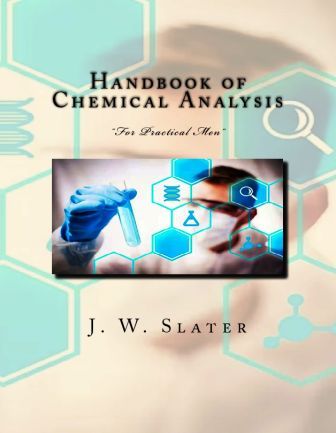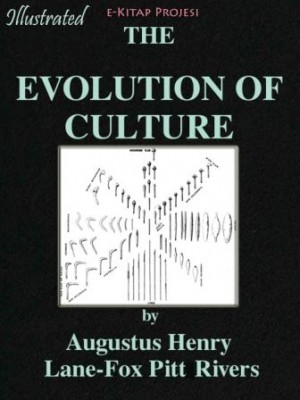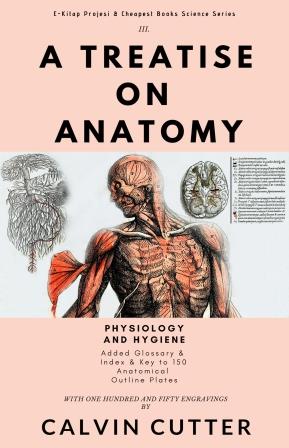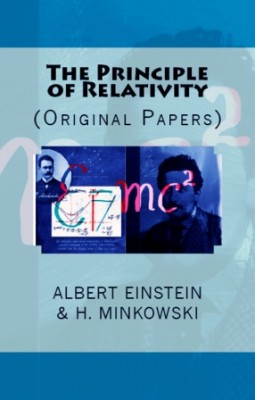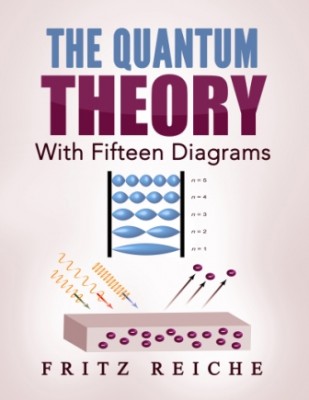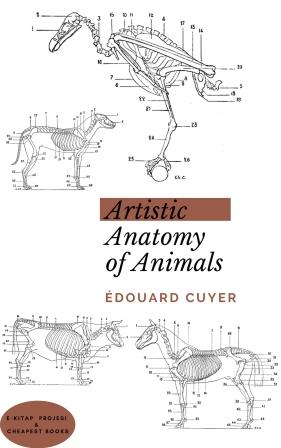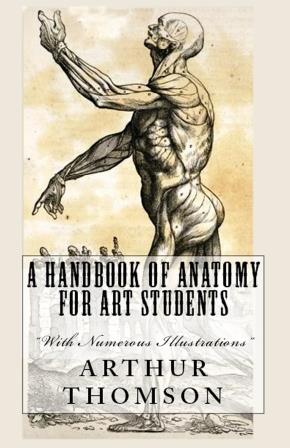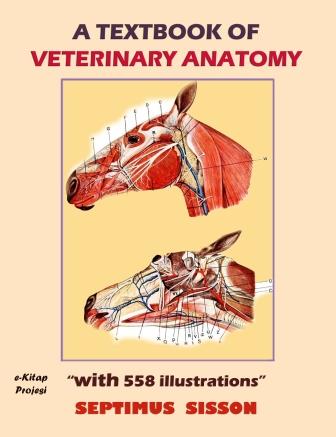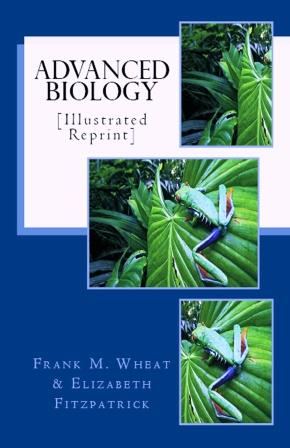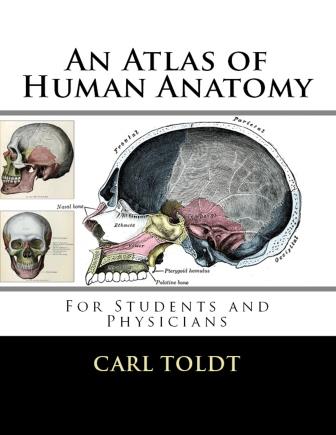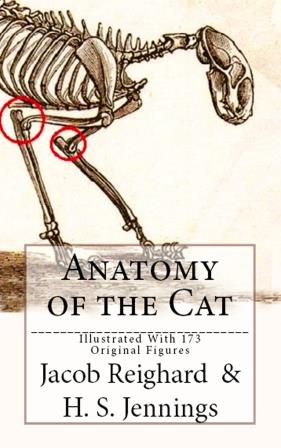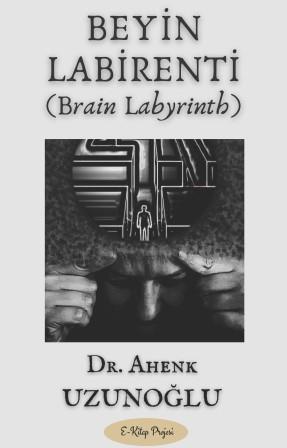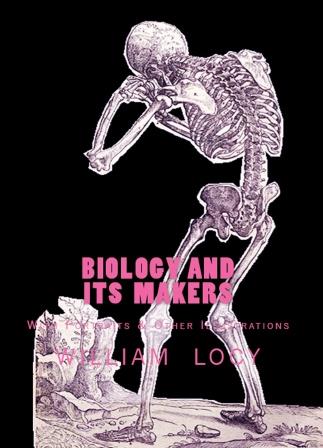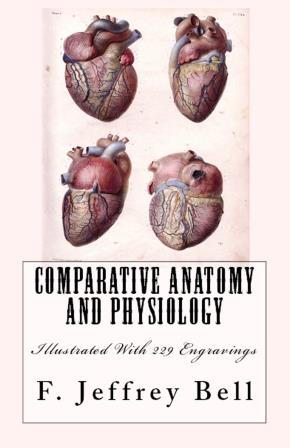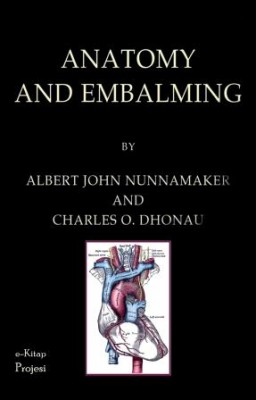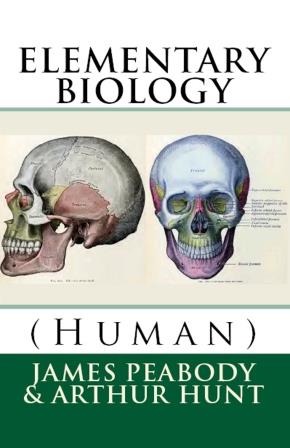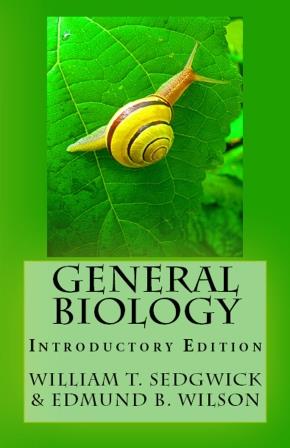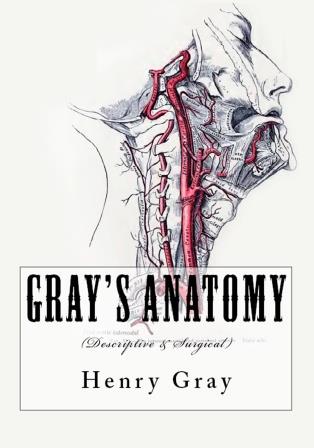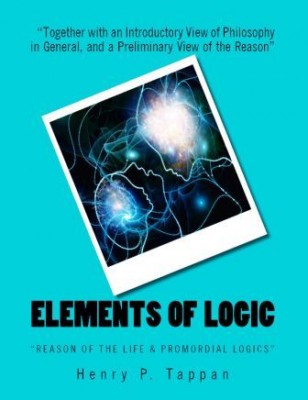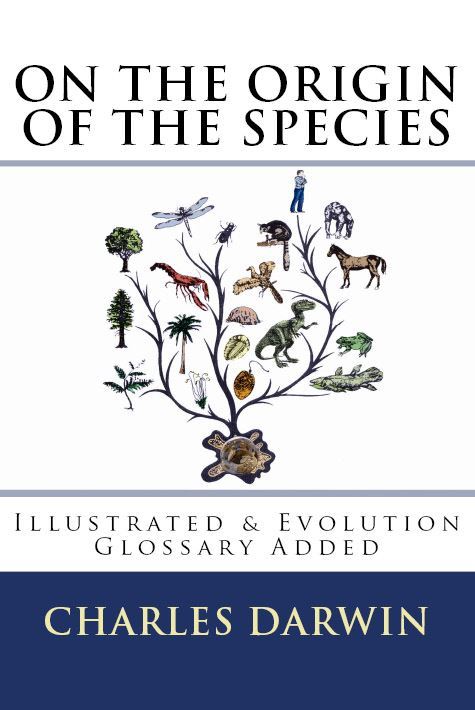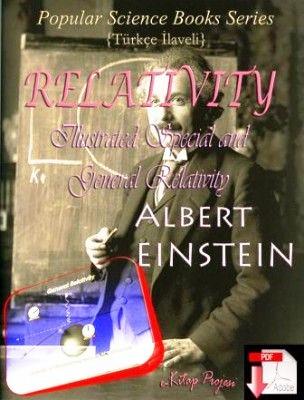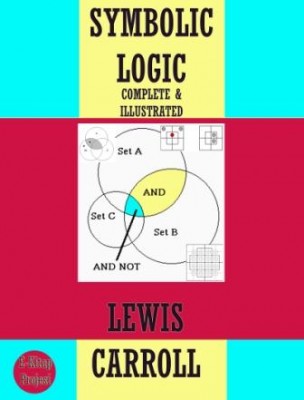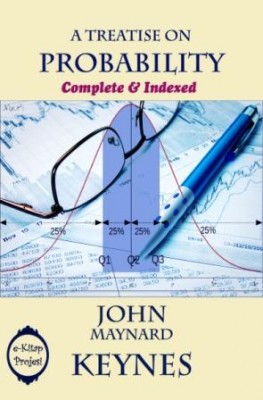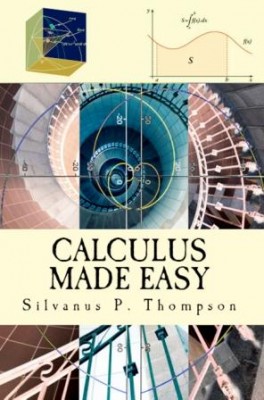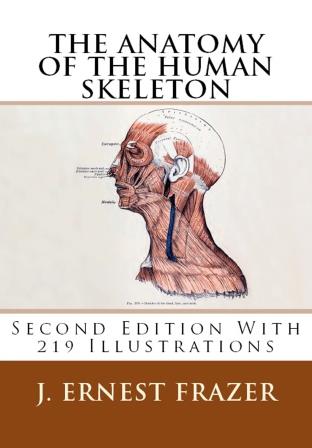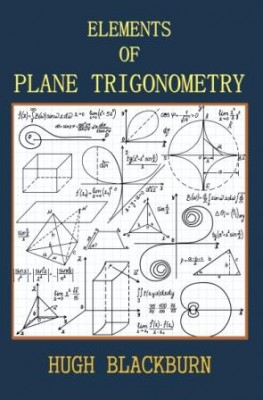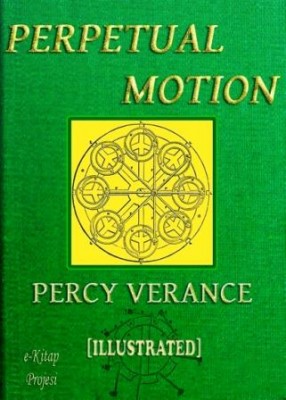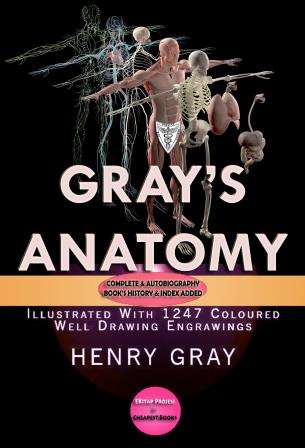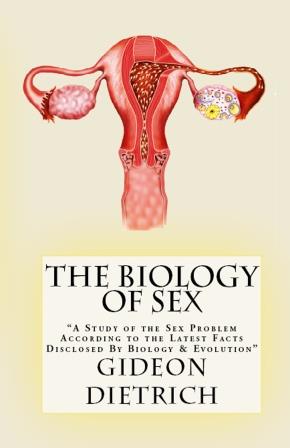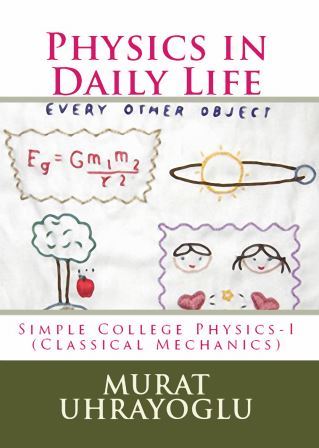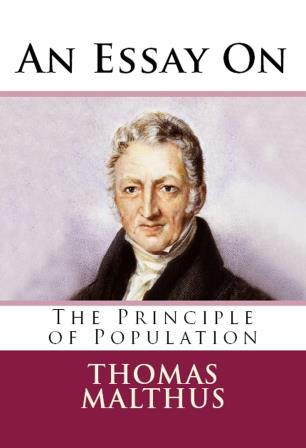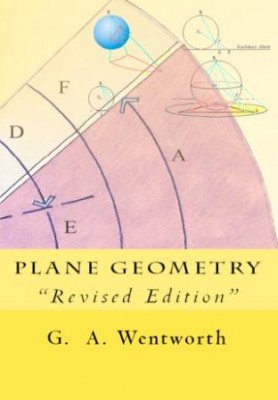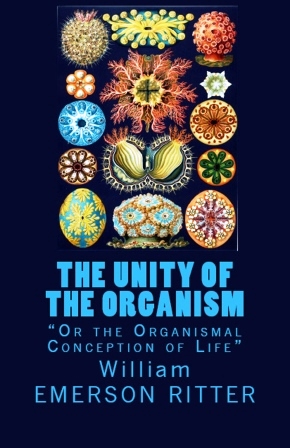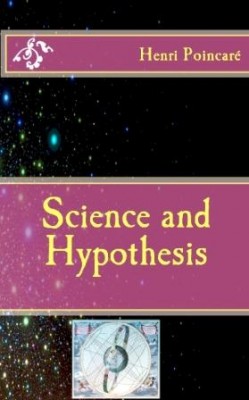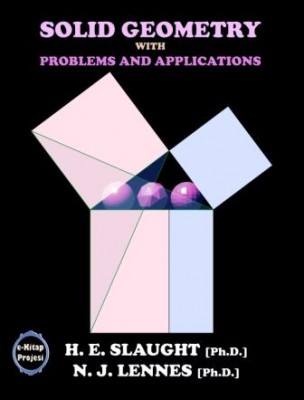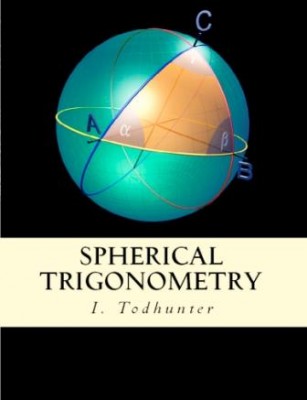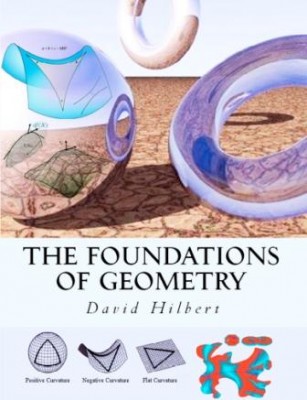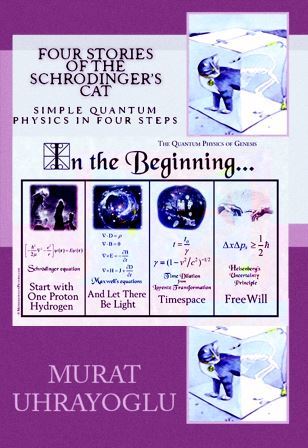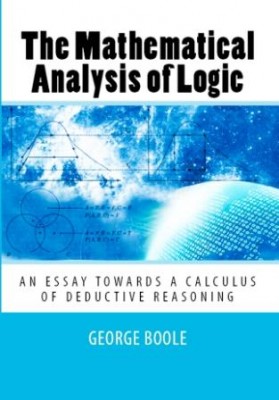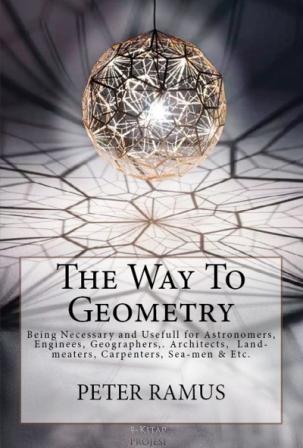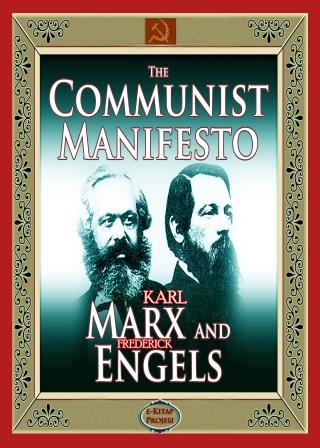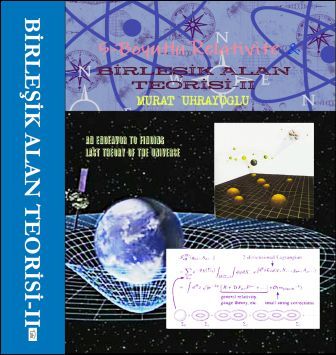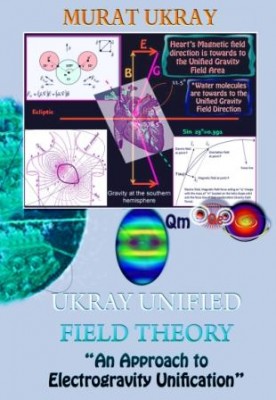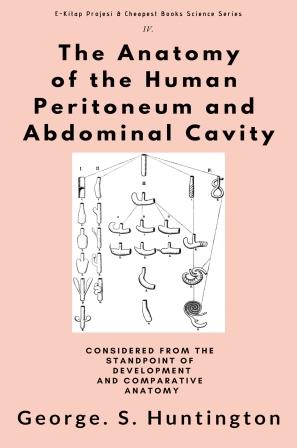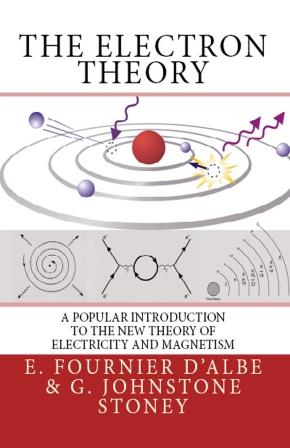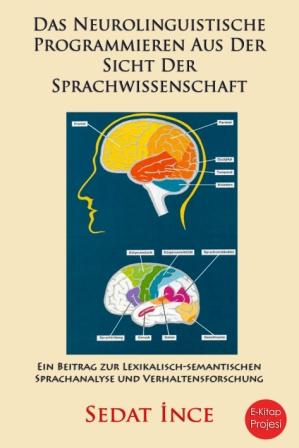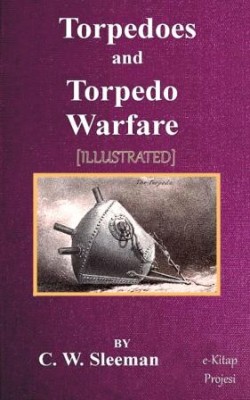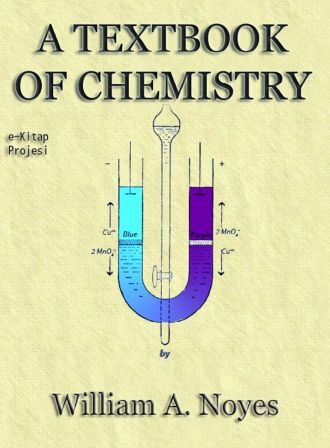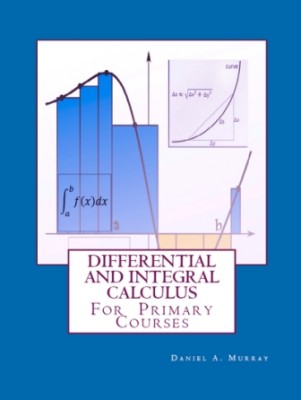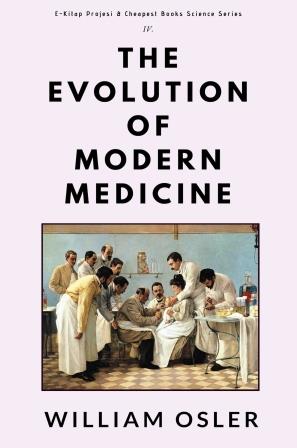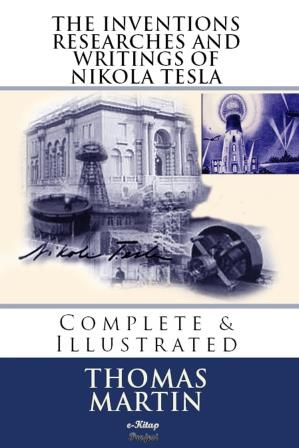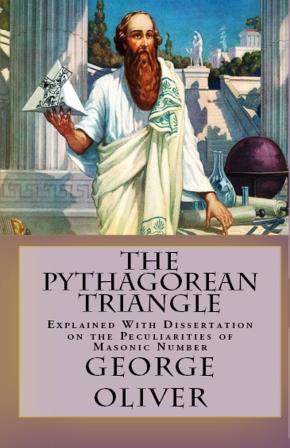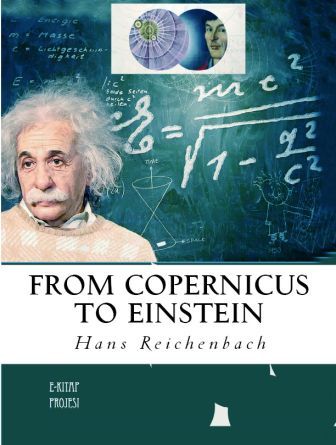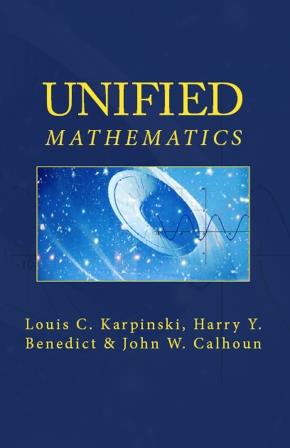The impurities-accidental or intentional-found in each substance are also noted. Articles of food are not included in the plan of the work. To this, the main portion of the manual, has been added a brief course of quantitative analysis, and an Appendix of Chemical Tables. The purpose of the work being merely technological and commercial, many of the niceties and precautions required in abstract research have been necessarily omitted.
POUNDING (pulverization, porphyrization).-The substance to be examined, if a solid, is reduced to fine powder in a mortar of Berlin ware, or, if very hard, in one of agate. Some minerals can be powdered only if first heated to redness and plunged suddenly into cold water. Tough substances are wrapped up in stout paper, and bruised with a hammer before being placed in the mortar. Metals, alloys, &c., are reduced to powder with a well-tempered and clean file, or else beaten out fine and clipped into shreds with a shears.
DRYING.-Many bodies are capable of absorbing moisture from the air to a large extent. To expel this the powdered substance is exposed to a gentle heat in a small capsule on the sand or Water bath, or in the hot-air bath. The temperature should be regulated by a thermometer if sand or hot air be used, and should not, as a general rule, exceed 212° Fahr. Very volatile substances are dried without heat over sulphuric acid. The substance is placed in a capsule or upon a sheet of paper resting upon a wire trellis over a shallow dish containing sulphuric acid.
WEIGHING.-The body to be analyzed should be weighed on a counterpoised piece of smooth paper, or in a tared boat or capsule. From 5 to 30 grains may be taken, according to circumstances. No substance should be weighed whilst warm. The balance employed should turn with 1/100th to 1/1000th of a grain. As the amount of hygroscopic moisture has often to be accurately determined, it is sometimes needful to weigh the sample both before and after the desiccation.
Such bodies as very rapidly reabsorb moisture may be dried in a small boat of porcelain or platinum. This, with its contents, when dry is inserted into a tube sealed at one end and fitted with a good cork at the other, also accurately tared, and the whole weighed together.
SOLUTION; DIGESTION.-The ordinary solvents are water, nitric and muriatic acids (singly or together), and sometimes alcohol and ether. Sulphuric acid is rarely applied. The operation may take place in a platinum or porcelain dish, in a glass beaker, or a flask.
The latter vessel is preferable whenever a substance has to be submitted to the prolonged action of a volatile acid or of alcohol. Heat is applied by means of the sand or water bath.
